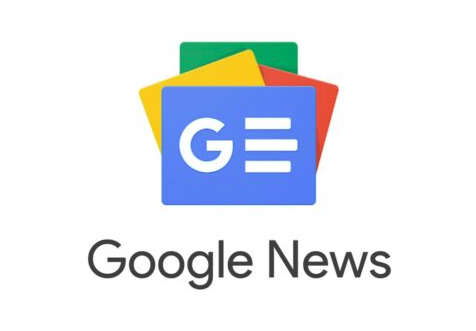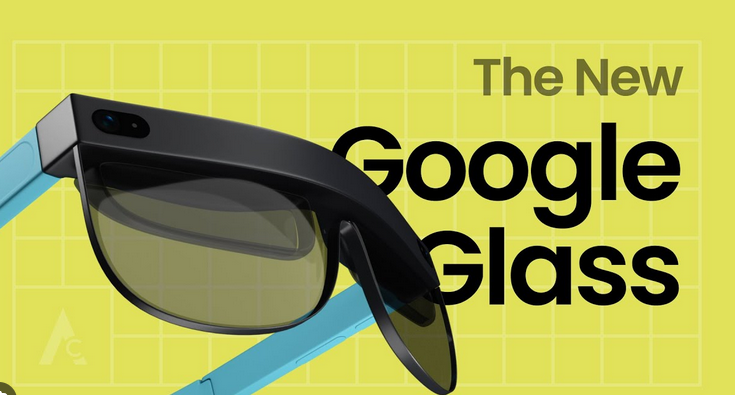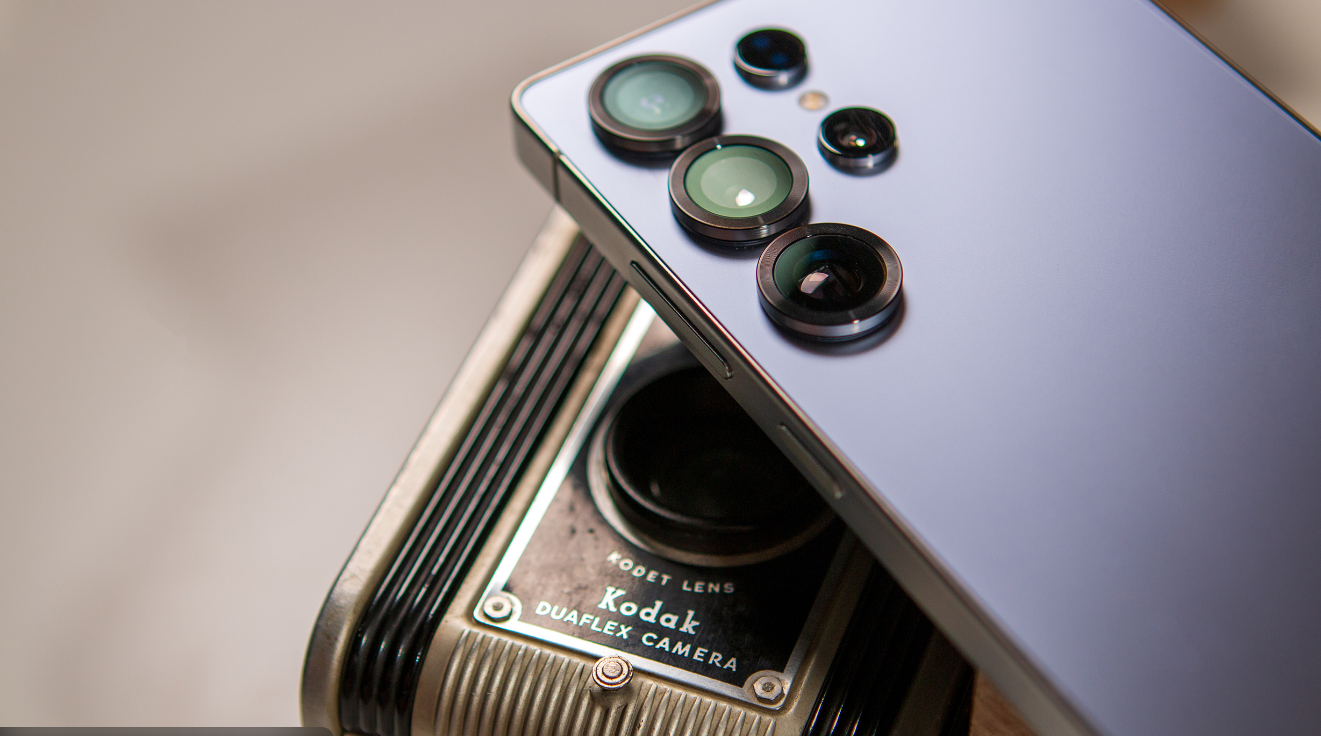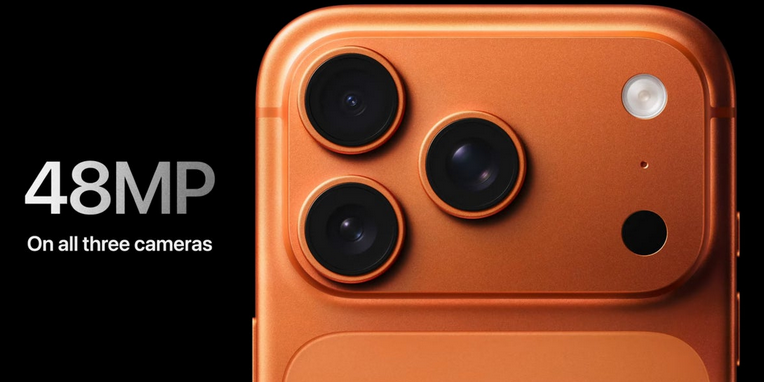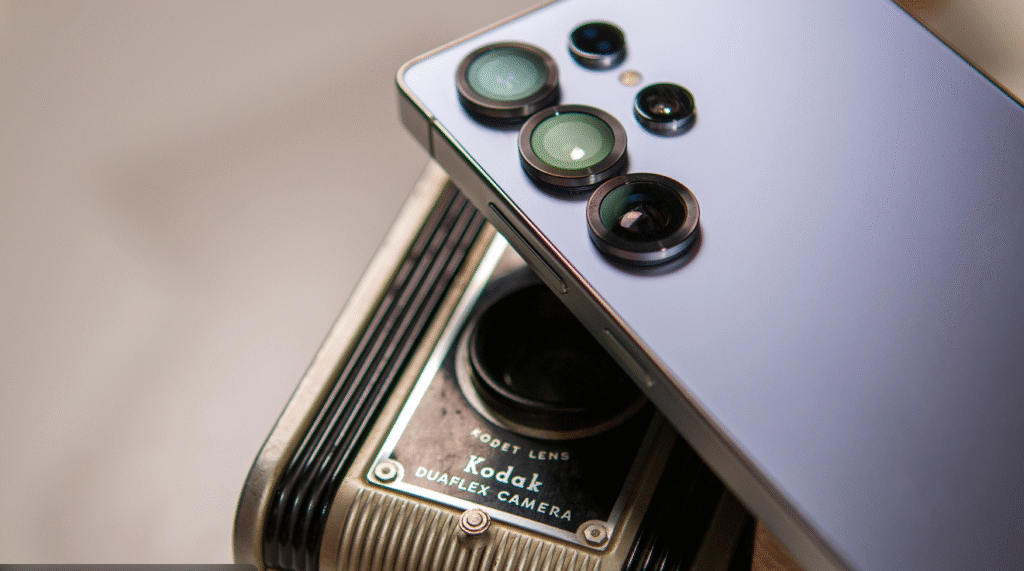When Google Glass first debuted in 2013, it was hailed as a glimpse into the future—augmented reality (AR) merged with everyday vision. Despite initial excitement, it stumbled in the consumer market due to privacy concerns, limited battery life, and a lack of clear practical use cases. But over a decade later, in 2025, Google Glass has re-emerged in a vastly improved form, tailored for industry professionals and now gaining traction with consumers.
In this blog, we explore the journey, features, use cases, and future of Google Glass.
🕶️ A Brief History of Google Glass
- 2013: Launch of the original Google Glass Explorer Edition—a bold experiment in wearable AR.
- 2015: Google shelved the consumer edition, pivoting to enterprise applications.
- 2017–2021: Google Glass Enterprise Editions 1 and 2 were launched, targeting healthcare, logistics, and manufacturing.
- 2025: Google Glass returns with rumors of a consumer-ready AR version, integrated with AI and enhanced with sleek design and real-world practicality.
🌟 Google Glass (2025): Key Features
While Google has kept full details of the newest version under wraps, reliable leaks and enterprise updates suggest the following specs and features:
🔸 Design & Display
- Sleek, lightweight frame (under 50 grams)
- Transparent AR display embedded in right lens
- 720p HUD (Heads-Up Display) with improved visibility in daylight
- Adjustable prism to suit different eye positions
🔸 Camera & Sensors
- 12MP front-facing camera with wide-angle lens
- Eye-tracking sensor for intuitive interaction
- Ambient light and proximity sensors
🔸 Audio & Voice Control
- Bone conduction speaker for discrete audio
- Improved voice recognition (via Google Assistant)
- Real-time language translation (using AI + cloud)
🔸 Performance & Connectivity
- Qualcomm Snapdragon XR1 AR chip
- 2GB–4GB RAM / 32GB–64GB storage
- Wi-Fi 6 & Bluetooth 5.3
- 6-hour active battery (15 hours standby)
💼 Use Cases: Who is Google Glass For?
1. Enterprise & Industry
Google Glass remains most powerful in the professional world:
- Healthcare: Surgeons use Glass for live imaging and hands-free documentation.
- Manufacturing: Workers follow step-by-step visual instructions while using both hands.
- Logistics: Warehouse staff optimize picking and delivery processes.
2. Field Services & Remote Assistance
- Engineers and technicians wear Glass while connected to experts offsite.
- Real-time video streaming and AR overlays simplify problem-solving.
3. Retail & Hospitality
- Concierge staff use Glass to access guest data and preferences.
- Store employees check inventory or guide customers with instant product info.
4. Education & Training
- Students in labs or workshops access digital instructions.
- Remote learners see through the eyes of instructors wearing Glass.
5. Everyday Consumers (Emerging Use Case)
In 2025, consumer interest is reviving thanks to:
- Fitness tracking and live coaching
- Turn-by-turn navigation in walking mode
- Real-time translation for travelers
- Notifications and calls without a phone screen
🔐 Privacy & Security
Privacy was a major concern in earlier versions of Glass. Google now emphasizes:
- LED indicator when recording is active
- Encrypted data transmission
- Clear policies for app access and third-party integrations
Still, public spaces may pose ethical challenges with face-worn cameras.
🤖 AI Integration: A Game Changer
With generative AI and contextual computing, Glass is no longer just a display device:
- Google Assistant 2.0 offers predictive help (e.g., “Looks like your meeting is in 5 mins at Café Luna — shall I route you?”).
- Google Lens integration enables visual search, translation, and scanning.
- Context-aware prompts and commands make interactions seamless.
📈 Google Glass vs. Competitors
| Feature | Google Glass | Meta Ray-Ban | Apple Vision Pro | Xreal Air 2 |
|---|---|---|---|---|
| Style | Minimalist | Fashion-focused | Bulky headset | Sunglass-style |
| Use Case | Pro/Work & Light Consumer | Social + Calls | Immersive AR/VR | Media display |
| AI Integration | Strong (Google) | Moderate (Meta AI) | Very strong (Apple) | Low |
| Price (est.) | ~$1,199 | ~$399 | ~$3,499 | ~$499 |
🛒 Availability & Pricing (2025)
Google has yet to officially announce a consumer relaunch, but insiders expect:
- Release in Q3–Q4 2025
- Two editions: Enterprise ($1,199+) and Consumer Lite ($699–$899)
- Available via Google Store, business channels, and select retail outlets
📌 Final Thoughts: Is Google Glass Ready for the Mainstream?
The answer is: almost.
While Glass is still dominant in enterprise use, the 2025 version narrows the gap between business utility and daily consumer convenience. If Google refines its design and integrates AI smartly while respecting privacy, it could succeed in making smart glasses not just a tech novelty—but a must-have everyday assistant.
Want to know when Google Glass launches or explore AR tech alternatives? Drop your question below or subscribe for updates!

